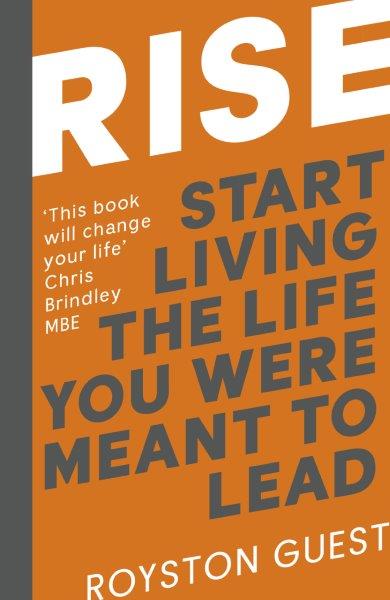3 practical strategies for being more mindful
3 practical strategies for being more mindful
Mindfulness. It’s a pretty straightforward word. It suggests that the mind is fully attending to what’s happening, to what you’re doing, to the space you’re moving through. That might seem obvious, except for the annoying fact that we so often veer from the matter in hand. Your mind takes flight and pretty soon you’re engrossed in thoughts about something that happened previously or fretting about the future. And this can be a source of great anxiety.
Yet no matter how far you drift from the present, mindfulness can snap you back to where you are and what you’re doing and feeling. While mindfulness is innate, it can be cultivated through proven techniques. Here are my 3 practical strategies for being more mindful in 2019. You may also like this fantastic article about how to be a calm parent, do check it out.
#1 Mindfulness immersion
Silly mistakes become part of every day when you’re not being mindful. You’ve probably slipped into autopilot when you’re doing something simple you’ve done a hundred times before. But have you ever had an unexpected accident when you weren’t paying attention? You know what I mean: one of those silly, avoidable, embarrassing accidents because you lost concentration for a moment, while you thought of something else? That’s a classic case of a lack of mindfulness. If you have, you may have laughed it off as another case of autopilot, but what it was really was a lack of mindfulness.
In the general busyness in which we lead our lives, we’ve stopped living fully through our senses (seeing, hearing, tasting, smelling, feeling). Think about it for a moment. How many times have you missed the fact that your partner has had a haircut because you’re not truly paying attention? (looking without seeing) Have you eaten on the go, using food merely as a functional means to an end? (eating without tasting)
The intention of mindfulness immersion is to cultivate contentment by being truly present in the moment.
#2 Mindful breathing
If you feel yourself heading down a pathway you don’t want to go (to a place of anger, resentment or conflict), through conscious awareness you can slam on the brakes and almost immediately channel yourself down a more productive pathway. Mindful breathing offers you an ‘anchor’ – your breath – on which you can focus whenever you feel you are struggling with negative thoughts. Mindful breathing assists you in being ‘present’ in the moment, instead of worrying about the past or stressing about the future.
To help understand how mindful breathing can truly help, it’s worth understanding how we experience ‘stress’. When you are in a stressful situation, the most ‘primitive’ part of your brain (the amygdala) triggers what is known as the ‘flight or fight’ response. This causes changes to your heart rate, muscle tone, blood pressure and concentration. You stay in this heightened state until your brain perceives that the ‘danger’ is past.
This primitive response is vitally important when you need to react quickly, such as when you need to escape the path of an oncoming vehicle. However, it is not advantageous in ongoing stressful circumstances that cause anxiety, where there is no time for rest and recovery. This is when ‘chronic stress’ does not allow your brain to return your body to its resting state, which affects your mental and physical wellbeing, both in the short and long term.
Mindful breathing should ideally be practised for five to ten minutes daily for at least a week. Begin by taking an exaggerated breath–particularly if you are trying to stay calm in a difficult situation – then take a deep inhale through your nose (on a count of 3), hold your breath (on a count of 2) and finally take a long exhale through your mouth (on a count of 4). Continue with this breathing pattern, focusing on the rise and fall of your chest and the sensation of the breath through your nostrils. As you work through a cycle (inhale, hold, exhale) you will become more relaxed. Try to extend the length of the cycle by inhaling through your nose on a count of 5, holding your breath on a count of 3 and exhaling through your mouth on a count of 5. The optimum cycle to work towards is 7/7/7 – a 21-second cycle.
You may find, particularly in the beginning, that your mind becomes side-tracked by various thoughts. Don’t be harsh on yourself; just notice when you are distracted and gently bring your attention back to your breath.
#3 Mindful thoughts
When you enter a new situation – a meeting, a party where you don’t know anyone or, more specifically, something that you believe you could not possibly enjoy, ask yourself what is good about this? What do I appreciate here, right now in the moment? Mindful thoughts are about picking your focal points deliberately. In this situation right now what am I going to focus on?
Being mindful isn’t difficult, you just need to remember to do it.
Royston Guest is a leading authority on growing businesses and unlocking people potential. Entrepreneur and author of #1 best-seller Built to Grow and new book, RISE: Start living the life you meant to lead (UK Readers) and here (US Readers), published by John Murray Learning, out January 10th 2019.




So important to be mindful and so calming and most importantly it is so easy!
becky recently posted..How writing a journal can help kids